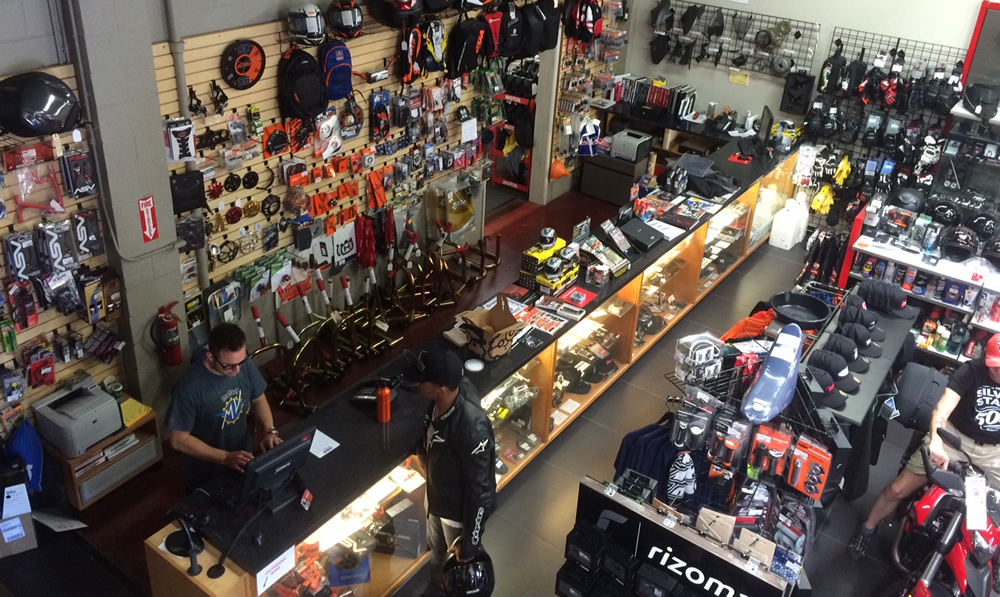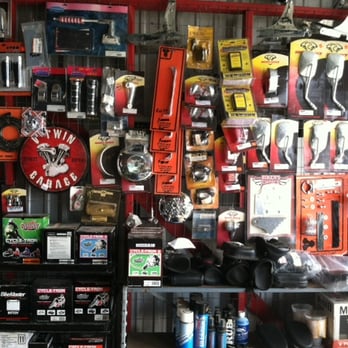Your Go-To Motorbike Shop for Quality Parts and Accessories
Your Go-To Motorbike Shop for Quality Parts and Accessories
Blog Article
Understanding Motorbike Gears: Exactly How to Optimize Your Riding Experience
In the realm of motorcycling, understanding the art of equipment control is important for enhancing your riding efficiency. Effectively utilizing and recognizing motorbike gears can significantly influence velocity, control, and fuel performance, transforming an ordinary adventure right into a smooth, thrilling journey. By integrating precise change timing and adapting gear selection to various road conditions, riders can make sure ideal engine performance and safety and security. The nuances of clutch control, throttle coordination, and gear technicians beckon a much deeper expedition, assuring to open the full possibility of your maker. How can these strategies be used to truly enhance your riding experience?
Recognizing Equipment Mechanics
At the core of motorcycle dynamics, equipment mechanics play an essential duty in converting engine power right into activity, ultimately dictating rate and control. The equipment ratios, very carefully designed, identify the partnership in between engine revolutions and wheel turns, affecting velocity and gas performance.
Comprehending equipment technicians starts with recognizing the relevance of the transmission, which houses numerous gears of varying sizes. These gears engage via a procedure known as meshing, where teeth of different gears engage to transmit power. The precision of this communication is crucial; any type of imbalance or damages can cause ineffective power transfer, preventing efficiency. Additionally, the arrangement and size of gears affect the bike's ability to handle different loads and speeds.
Furthermore, the concept of gear changing is indispensable to optimizing efficiency. Timely and smooth changes make sure that the engine operates within its optimal power band, preventing unneeded stress and enhancing long life (motocross gear). By comprehending these mechanical details, motorcyclists can accomplish an unified mix of control, power, and performance, elevating their riding experience
Timing Your Changes
Shift timing proficiency is necessary for optimizing bike performance and boosting the riding experience. Appropriately timed changes make sure that the engine runs within its ideal power band, which is crucial for keeping control, achieving smooth velocity, and guaranteeing the long life of the motorcycle. Motorcyclists must create an intuitive feeling of when to change gears, which includes recognizing the connection in between engine revolutions per minute (RPM) and rate.
To master change timing, pay close focus to the engine's noise and feel, as these supply important ideas about when to alter equipments. The optimal change factor usually takes place when the engine approaches the upper series of its power band without getting to the redline. Moving prematurely can result in a lack of power, while moving far too late may cause unneeded engine pressure
Additionally, roadway conditions and riding style impact shift timing. In comparison, throughout highway riding, less shifts at higher rates can be much more appropriate.
Enhancing Gas Effectiveness
While mastering bike gears is essential for efficiency, improving fuel performance is equally vital for both ecological and economic factors. Optimum fuel consumption not only reduces operational costs however also lessens the ecological impact of riding. To achieve this, one need to understand the complex partnership between equipment visit selection and engine efficiency.
Firstly, choosing the appropriate gear at proper speeds can substantially impact fuel intake. Riding in a higher gear at reduced rates can result in engine hauling, which is harmful to both gas economy and engine health and wellness. Conversely, riding in lower equipments at broadband results in unnecessary gas consumption. Therefore, keeping an optimal equilibrium by changing gears in placement with roadway conditions and expected maneuvers is crucial.
In addition, routine upkeep plays a pivotal function in gas performance. Guaranteeing that the motorbike is well-tuned, with tidy air filters and correctly pumped up tires, can boost the rules of aerodynamics and reduce fuel wastefulness. Adopting a riding style that embraces progressive acceleration and smooth deceleration can contribute to better fuel economy.

Techniques for Smooth Transitions
Accomplishing smooth equipment transitions is basic to enhancing the riding experience and making certain the longevity of a motorbike's transmission system. Correct gear moving not just contributes to a smooth adventure but likewise decreases wear and tear on the mechanical elements. To understand the art of smooth transitions, motorcyclists have to concentrate on a couple of vital techniques.

Second of all, clutch control plays a critical role. Involving and disengaging the clutch efficiently requires practice. The clutch lever need to be launched progressively, permitting a seamless transfer of power from the engine to the wheels without causing a jolt or abrupt movement.

Adjusting to Roadway Problems
Browsing varied roadway problems is a critical skill for any motorcyclist aiming to maintain control and security. Whether you're riding on damp surfaces, crushed rock roads, or navigating sharp turns, your capability to adapt your gear usage and riding technique is critical. Comprehending exactly how to change your gears properly can substantially influence grip and stability, making sure a much safer journey.
In contrast, when riding on crushed rock or unequal surface, lower gears are more effective. Lower equipments offer far better control and enable you to react more promptly to unforeseen adjustments in the road surface area.
Sharp curves require accurate equipment management to stabilize speed and control. Downshifting before getting in look at this website a curve can help keep momentum while making sure the motorcycle stays stable throughout the turn. Constant technique in different problems enhances your capability to react and forecast to changes in roadway texture and slope.
Verdict
Grasping bike equipments significantly enhances the riding experience by my latest blog post enhancing control, velocity, and gas efficiency. Adjusting equipment selection to various road conditions, such as making use of greater equipments on damp surfaces and lower equipments on gravel, further enhances handling and safety.
Recognizing equipment mechanics begins with acknowledging the value of the gearbox, which houses multiple gears of differing dimensions. These gears interact through a procedure recognized as meshing, where teeth of different gears involve to send power (motocross gear). Gentle adjustments to the throttle throughout equipment shifts can prevent jerky activities and keep a constant riding speed
Whether you're riding on wet surface areas, crushed rock roads, or browsing sharp turns, your capacity to adapt your equipment usage and riding technique is paramount. Adjusting gear selection to different roadway problems, such as utilizing higher gears on damp surfaces and lower equipments on crushed rock, further improves handling and safety and security.
Report this page